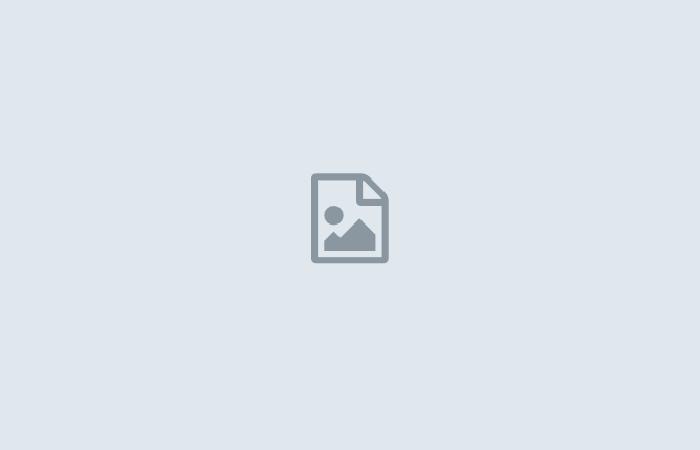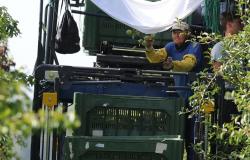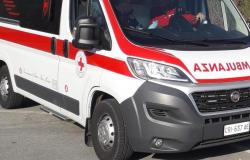A meeting that highlighted the strong archaeological potential of the city of Corfinio, which took place on Saturday 15 June in the conference room of the “Antonio De Nino” civic archaeological museum entitled Archaeological research in Corfinio.
Organized on the occasion of the European Archeology Days GEA 2024 to “focus on some of the most significant results of the archaeological research that have most recently affected the Peligno centre”, the meeting saw the participation of qualified scholars linked to the university and institutional world. Among them Elena Cagiano de Azevedo, official of the general directorate of museums MIC and national coordinator of the European Archeology Days. Days which, as Cagiano de Azevedo recalled, the ministry of culture has been promoting on an annual basis since 2019 to “raise public awareness on the issues of knowledge, protection and use of the archaeological heritage”.
Topics on which there has also been an increase in consensus in Abruzzo, as demonstrated by the meeting in Corfinio where the many guests discussed various topics. From the unpublished funerary inscription in the Peligna language coming from the countryside of Bagnaturo and mentioning a member of the local family of Decree subject of the report by Gianluca Tagliamonte, professor of the University of Salento and scientific director of the “Antonio De Nino” civic archaeological museum, to the great potential of archaeological research on ancient Corfinio highlighted by Giuseppe Ceraudo, also a professor of the same Salento university.
The settlement development of the ancient center in the period between the constitution of the Roman municipality and the erection of the Valvalense complex at the center of communication by Maria Carla Somma, Sonia Antonelli and Vasco La Salvia, professors of the “G. D’Annunzio” of Chieti-Pescara, who have been engaged in archaeological investigations on Corfinio for years. With particular attention to the figure of San Pelino whose cult, throughout the peninsula, “is substantially limited to Brindisi and Corfinio”.

Massimo Valenti, professor at the University of Tuscia, illustrated the characteristics of the Roman city in particular by focusing on the theater analyzed in relation to similar buildings of ancient Abruzzo, such as those of Amiternum, Iuvanum, Peltuinum, Teate. And the final report by Chiara Casolino, professor at the “G. University” was dedicated to the theme of the Lombard presence in Corfinio. D’Annunzio”, which showed “peculiar indicators of the production of mold-decorated ceramics” found during excavations conducted at the cathedral of San Pelino.
Numerous points for reflection were raised during the meeting organized by the Municipality of Corfinio, the University of Salento and the Archaeological, Fine Arts and Landscape Superintendency for the provinces of L’Aquila and Teramo, points which, as underlined by the mayor of Corfinio Romeo Contestabile and the deputy mayor Francesco Di Nisio, will be the subject of necessary future investigations.








